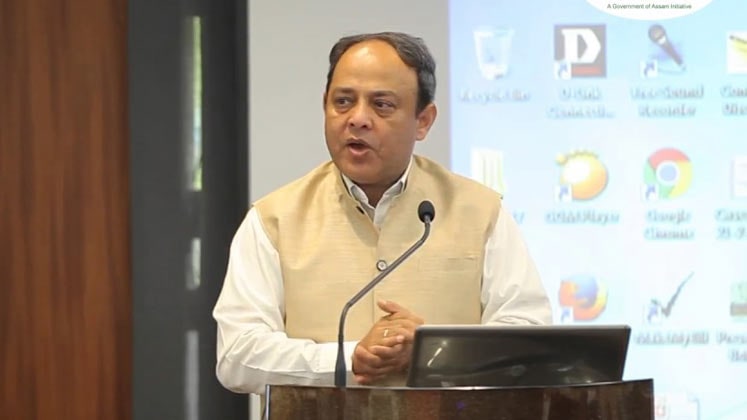New Delhi: The textiles ministry Wednesday said the domestic industry should take advantage of the huge USD 20-billion space vacated in the global apparel market by China, which is going through a tough time following outbreak of the deadly coronavirus.
Addressing a symposium on emerging opportunities for Indian textiles, Textiles Secretary Ravi Capoor said domestic textile exports have plateaued during the past 5-7 years, which is a ‘very worrying proposition for the government’.
“India should step in at this stage to take the advantage although not a good way to project ourselves but every crisis has its own silver lining and I think while we are with China with all our emotions and financial, political and diplomatic help but still there appears to be a big economic opportunity which is coming up our way,” he said.
In this background, Capoor said it would be the right time to bring the industry together and have a small dialogue to “see how the industry associations are prepared for this opportunity”.
As the exports have plateaued, he said the government understood that one of the major issues is that “take up the space that has been vacated by China other than this present crisis (coronavirus)”.
The secretary said USD 20 billion worth of apparel space, mostly in the man-made fibre, has been vacated by China in the past three years and taken away by Vietnam.
“Now is a situation where we are in a position and the (textile) minister has just spoken to Finance Minister (Nirmala Sitharaman) also this morning. We are working towards seeing that the GST inversion on man-made fibre is also taken care of.
“With all the efforts, if we are able to succeed in the removal of the inversion, then man-made fibre itself becomes a huge opportunity wherever China cedes space. India should step in a very big way,” Capoor said.
Textile minister Smriti Irani was also present at the symposium.
The domestic textile and apparel industry, including handicrafts, stood at USD 140 billion in 2018, of which USD 100 billion was domestically consumed, while the remaining portion worth USD 40 billion was exported to the world market.
(PTI)
